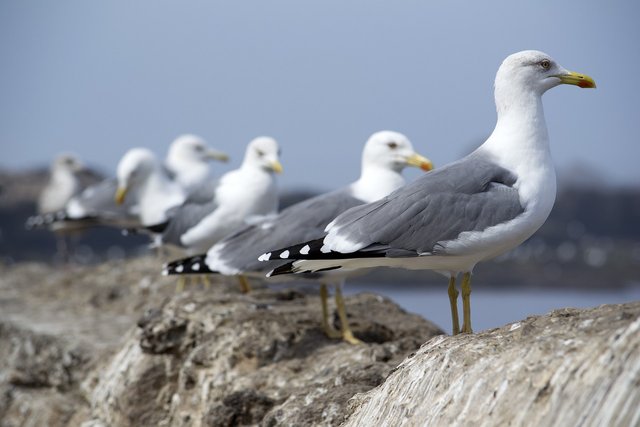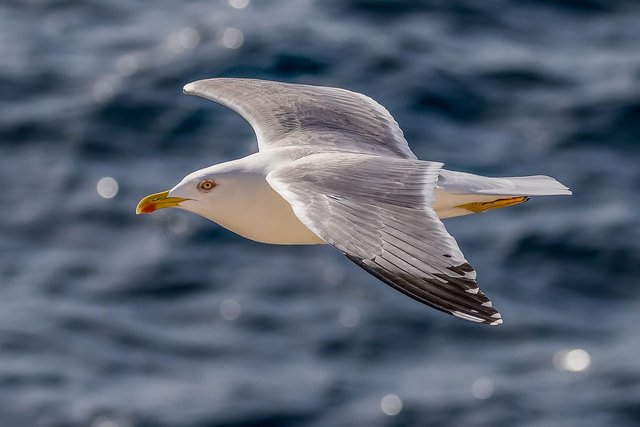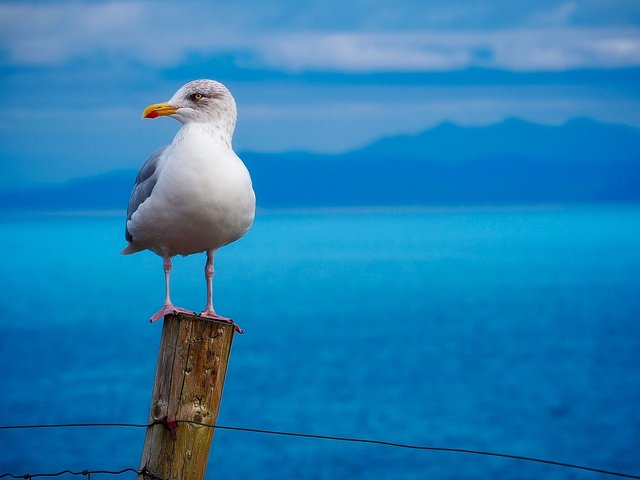Seagulls and How to Hunt for Food

Gulls are seabirds that have a unique habit of looking for food that suits their habitat along beaches, estuaries, and sometimes in open land areas. They are renowned for their agile flying abilities and their adaptation to diverse food resources.
One of the main strategies of seagulls in finding food is to lurk along the coastline or above the water surface. They are often seen hovering in the air or standing at the edge of seawater, estuaries, or lakes, monitoring the movements of potential prey such as small fish, crustaceans, mollusks, or even waterborne food debris. Their sharp eyesight helps them recognize prey from quite a distance.

Apart from that, seagulls are also skilled at diving to find food. Some species of gull, such as the striped-tailed gull (Sterna hirundo), can make sharp aerial dives to catch fish swimming on the surface of the water. They chase fish quickly and use their strong beaks to catch and hold prey before lifting it back into the air or onto land to eat.
Gulls are also known for their habit of hunting for food scraps left by humans along beaches or near fish processing sites. They often gather in large numbers around ports, rubbish dumps, or fish markets in search of easy-to-find food.
Some gull species, such as the herring gull (Larus argentatus), have the ability to identify profitable food patterns. They can observe human food habits and organize themselves to take advantage of those opportunities. For example, they can learn the arrival patterns of fishing boats to catch fish remains thrown into the sea.

Gulls' migration patterns also influence their food-finding strategies. Some species, such as the arctic gull (Larus hyperboreus), undertake long-distance migrations from their breeding areas in the north to warmer, food-rich waters in the south. This allows them to access different food resources throughout the year.
Overall, gulls are a remarkable example of adaptation to marine and coastal environments. Their ability to search for food in a variety of ways shows flexibility in exploiting the resources available in their dynamic habitat. Further study of the food behavior of gulls will not only help understand their ecology, but also provide insight into how they can survive in often harsh and changing environmental conditions.
Upvoted. Thank You for sending some of your rewards to @null. It will make Steem stronger.